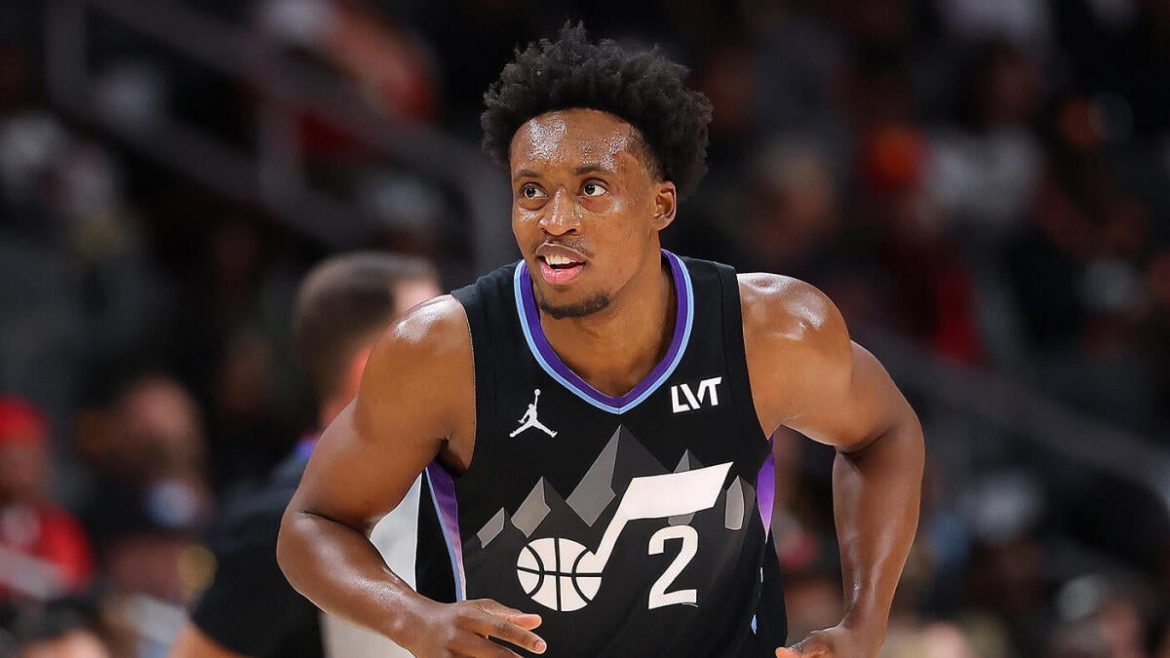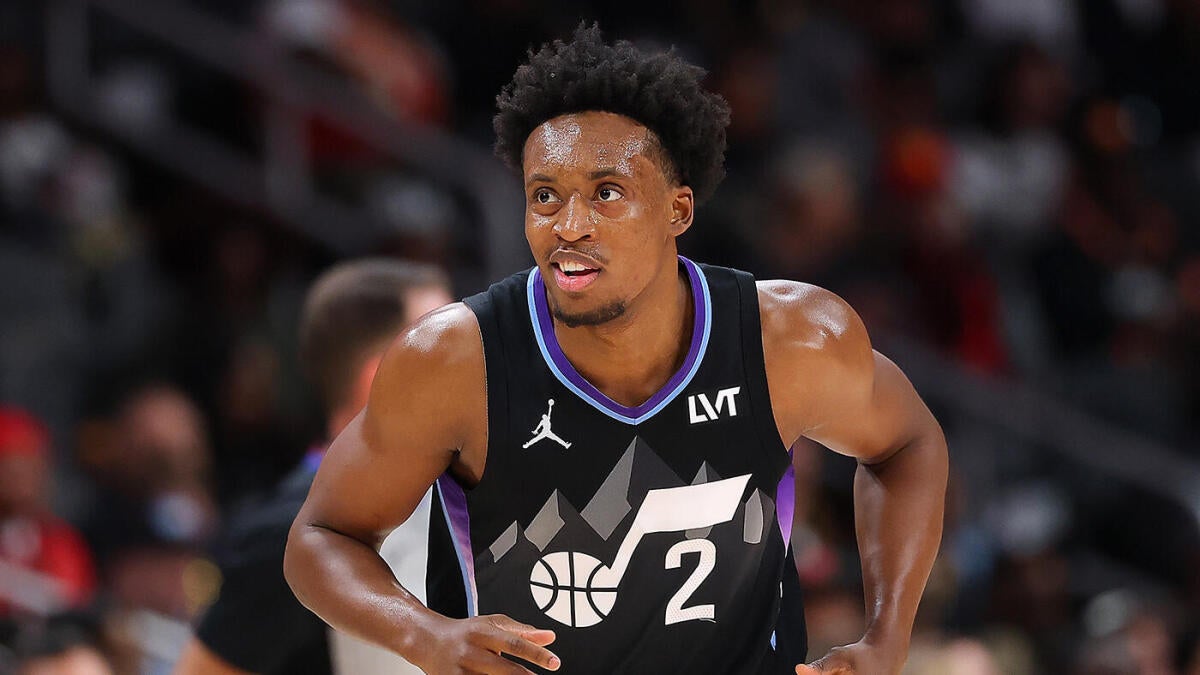The recent trade between the Utah Jazz and Charlotte Hornets, involving Collin Sexton and Jusuf Nurkić, marks a pivotal moment for both franchises as they navigate the complexities of roster construction ahead of the 2025 NBA free agency period. This exchange is not merely a transaction of players but a strategic realignment that reflects broader considerations around team building, asset management, and long-term competitiveness. The deal underscores how NBA teams balance immediate needs with future aspirations, particularly as they approach critical offseason decisions.
The trade saw the Utah Jazz send guard Collin Sexton and a future second-round draft pick (reportedly either 2030 or 2031) to the Charlotte Hornets in exchange for center Jusuf Nurkić. For Utah, this move addresses frontcourt depth and provides salary cap flexibility, while Charlotte gains a scoring guard known for his offensive prowess and toughness. Sexton, a 26-year-old guard with seven NBA seasons under his belt, averaged 18.4 points and 4.2 assists in his last campaign with the Jazz. Despite his scoring ability, his limited trade value across the league necessitated the inclusion of a draft pick to facilitate the deal. Charlotte, however, sees Sexton as a key addition to bolster their backcourt and enhance their competitiveness in the Eastern Conference.
Nurkić, also 26, brings a wealth of experience and a $19.38 million expiring contract to Utah. His presence strengthens the Jazz’s frontcourt alongside players like Walker Kessler and Kyle Filipowski, providing size, defensive presence, and interior scoring. The Jazz’s decision to trade Sexton reflects a strategic shift toward youth development and long-term potential in the backcourt. By removing Sexton, Utah clears playing time for younger guards like Walter Clayton Jr., signaling a commitment to rebuilding or retooling the roster. The inclusion of a future second-round pick underscores Utah’s willingness to part with assets to achieve this strategic realignment, prioritizing frontcourt stability over maintaining Sexton’s scoring at guard.
For the Charlotte Hornets, the acquisition of Sexton represents a significant upgrade to their backcourt. Sexton’s scoring ability and experience complement the Hornets’ existing roster, providing an immediate offensive boost. This move aligns with Charlotte’s focus on guard play, a critical area of emphasis for the franchise. The Hornets’ willingness to part with Nurkić, despite his experience, reflects their confidence in redistributing frontcourt minutes and their belief in Sexton’s ability to elevate their offense. The draft pick included in the trade also provides Charlotte with a future asset that can be developed or used in subsequent transactions, maintaining their flexibility in roster management.
This trade highlights the intricate interplay between salary cap considerations and positional needs in NBA roster construction. Nurkić’s expiring contract made him an attractive trade asset for Charlotte, allowing them to acquire a proven guard like Sexton while managing salary cap implications. For Utah, the addition of Nurkić enhances their frontcourt depth, providing defensive presence and physicality in the paint. The Jazz’s frontcourt, already featuring talents like Walker Kessler, now boasts greater versatility and experience, addressing a potential weakness from the previous season. Meanwhile, Charlotte solidifies its backcourt with Sexton’s scoring and playmaking, potentially shifting their offensive strategy toward a guard-led approach.
The timing of this trade, just before free agency, sets the tone for both franchises’ offseason trajectories. Utah’s pivot toward interior strength and youth development in the backcourt suggests a focus on long-term growth and salary cap flexibility. This strategic realignment may lead to further roster moves aimed at constructing a more balanced and sustainable team. For Charlotte, the acquisition of Sexton signals an aggressive posture seeking immediate improvement and positioning for playoff contention. The Hornets’ willingness to trade a veteran center for a proven perimeter scorer underscores their commitment to competing in the Eastern Conference.
This transaction exemplifies the dynamic nature of NBA team construction, where teams must balance present competitiveness with future assets, salary flexibility, and positional fit. The inclusion of future second-round picks in the trade highlights the importance of maintaining draft capital as a valuable currency in the league. As the offseason unfolds, the impacts of this swap will become clearer, revealing how each team integrates these new pieces and competes in the seasons ahead.
In conclusion, the Collin Sexton-Jusuf Nurkić trade encapsulates the complex chess game NBA teams play in the offseason. For Utah, acquiring a dependable frontcourt presence on an expiring contract while freeing up guard minutes aims to foster a younger core and strategic salary flexibility. For Charlotte, securing an energetic, scoring guard in Sexton injects offensive punch and experience into their backcourt, aligning with a competitive ambition. Both teams demonstrate a keen awareness of their roster composition, developmental timelines, and financial frameworks. This trade not only addresses immediate roster needs but also influences each franchise’s identity and direction in the evolving NBA landscape. As the offseason progresses, the impacts of this swap will reveal themselves in how each team integrates these pieces and competes in the seasons ahead.





